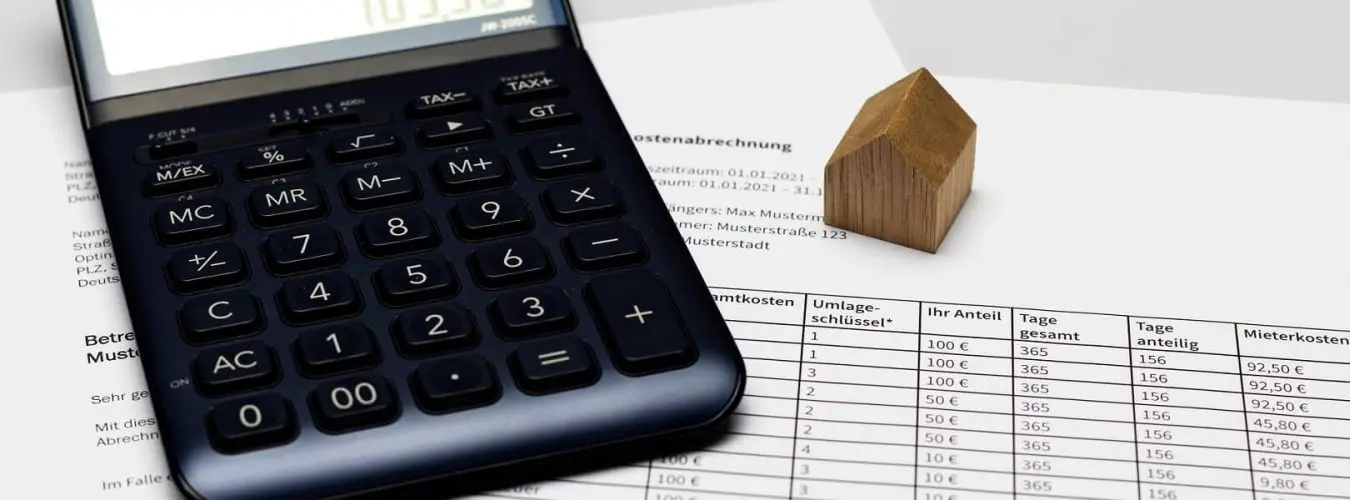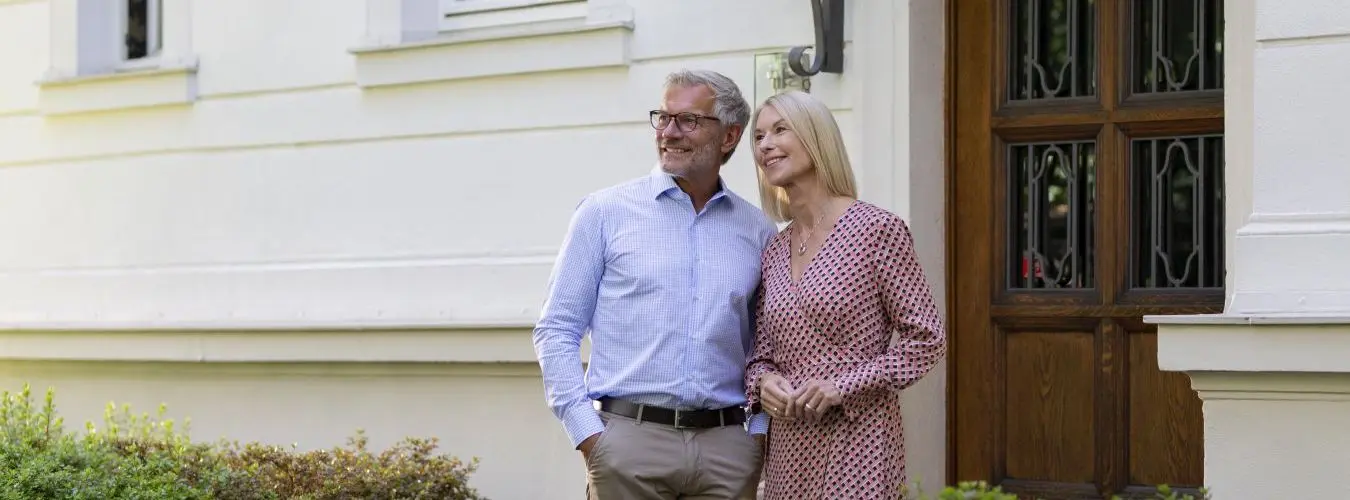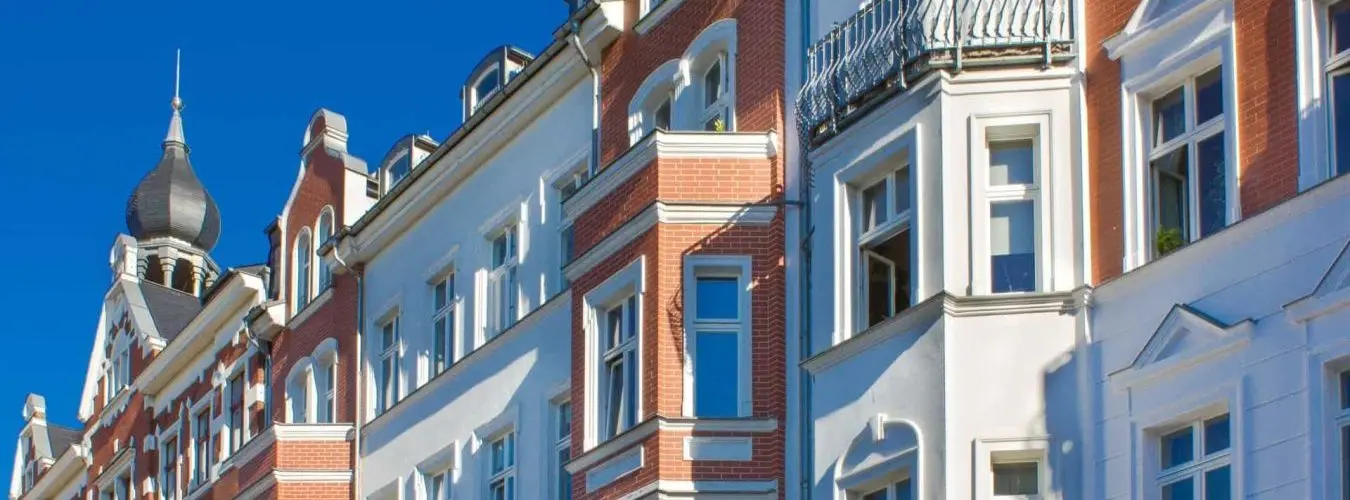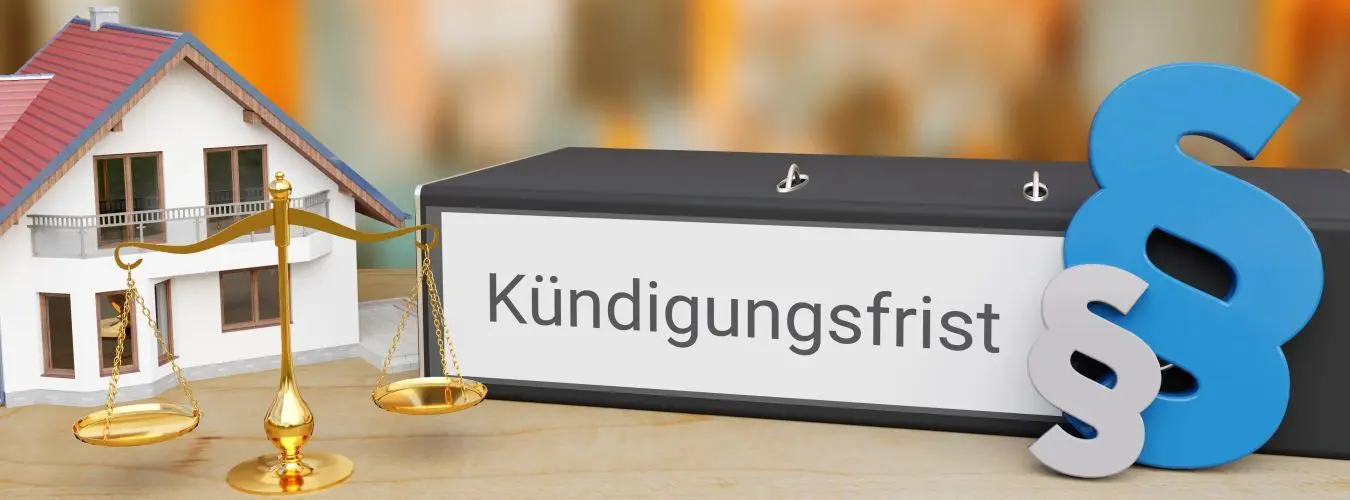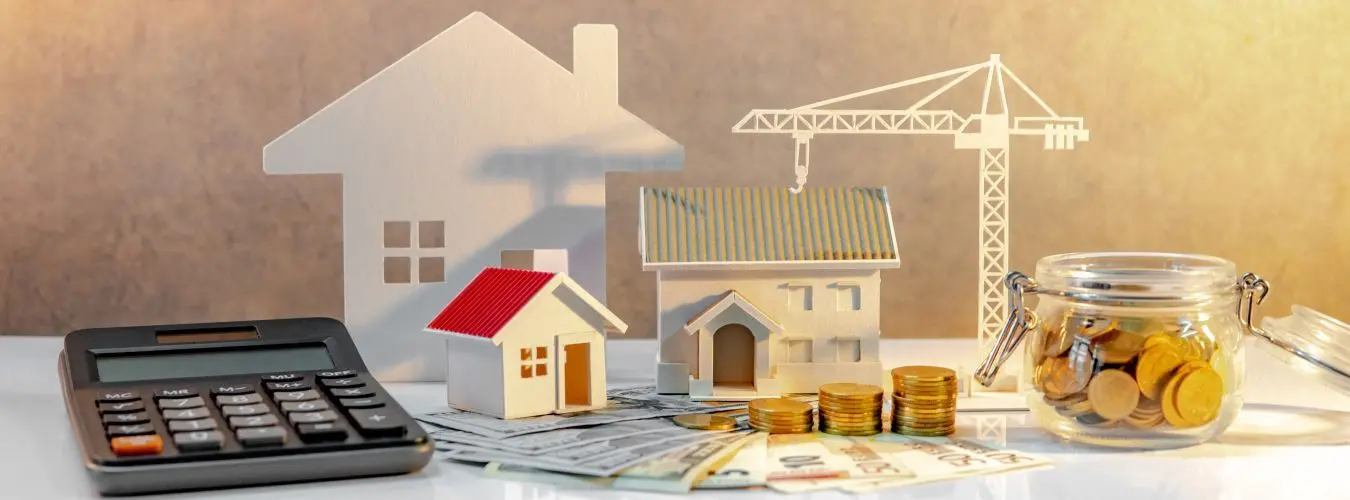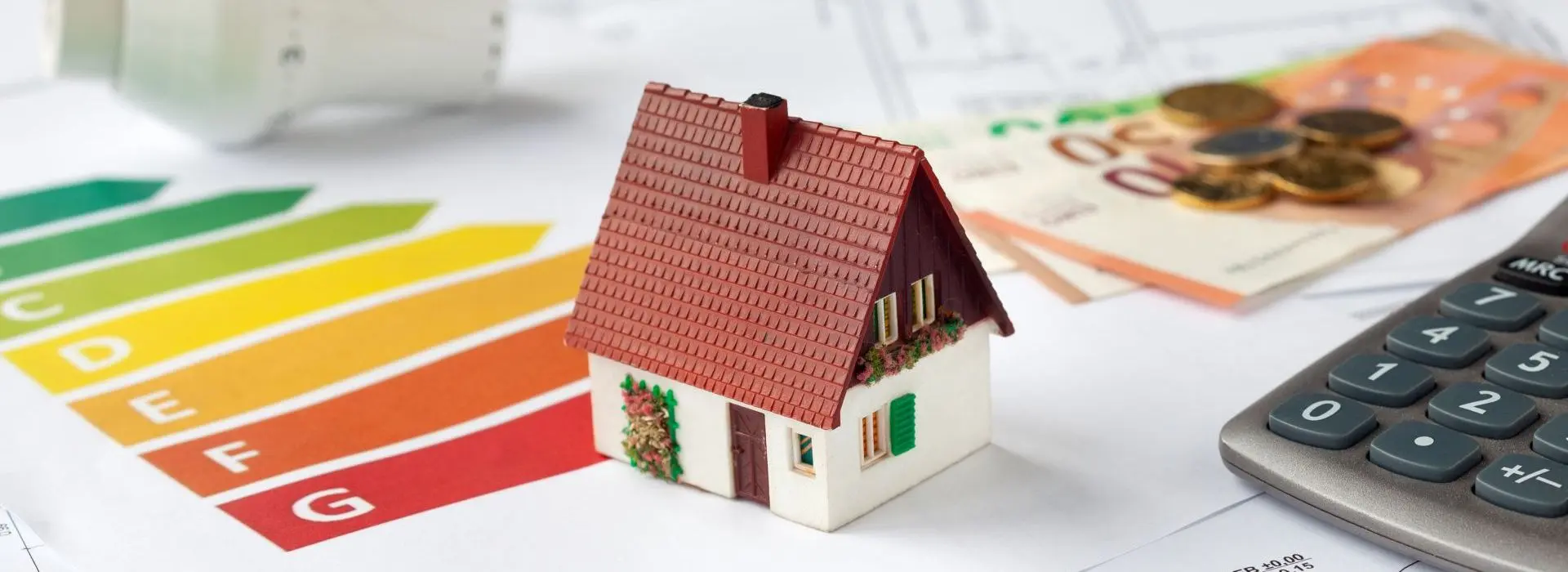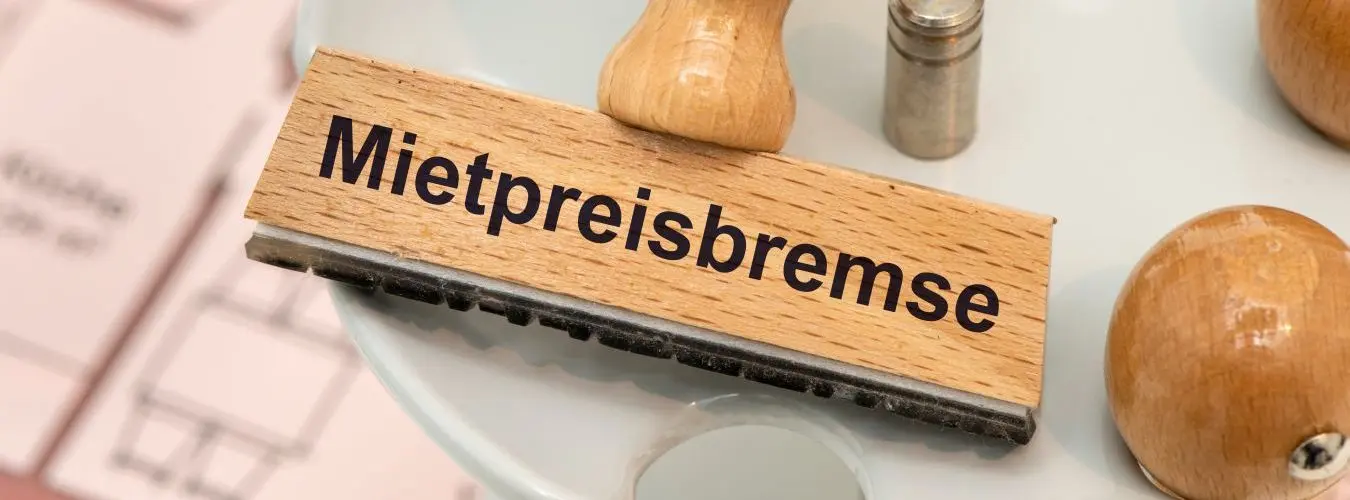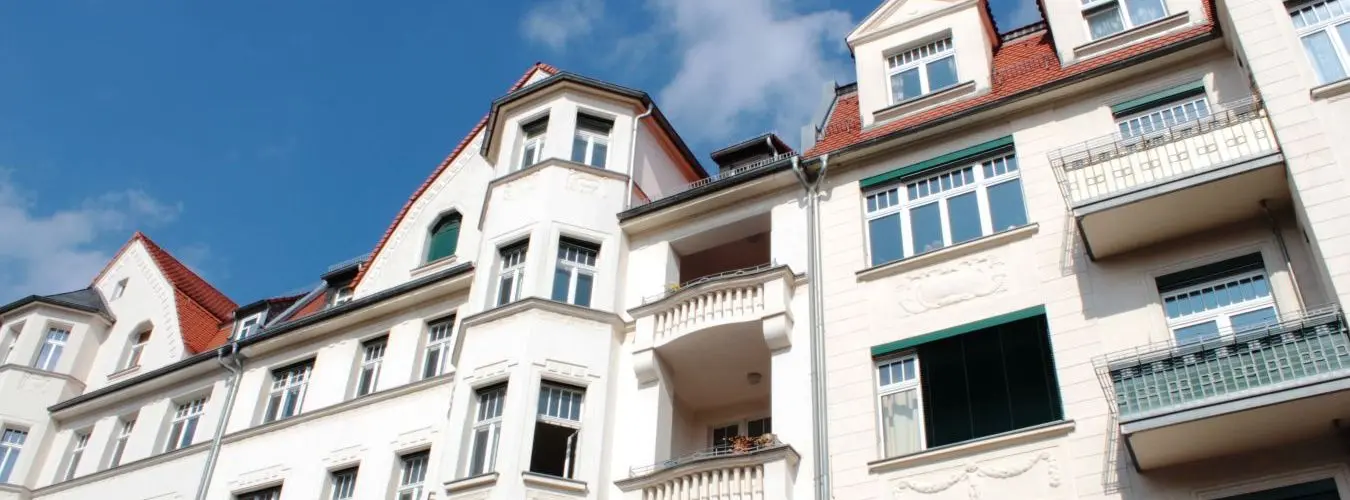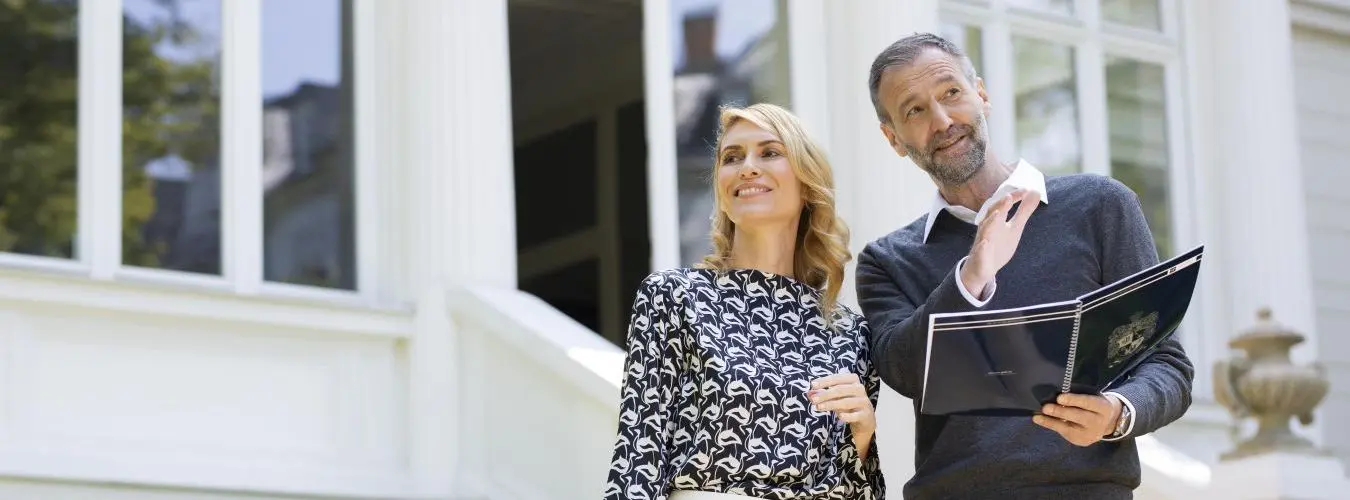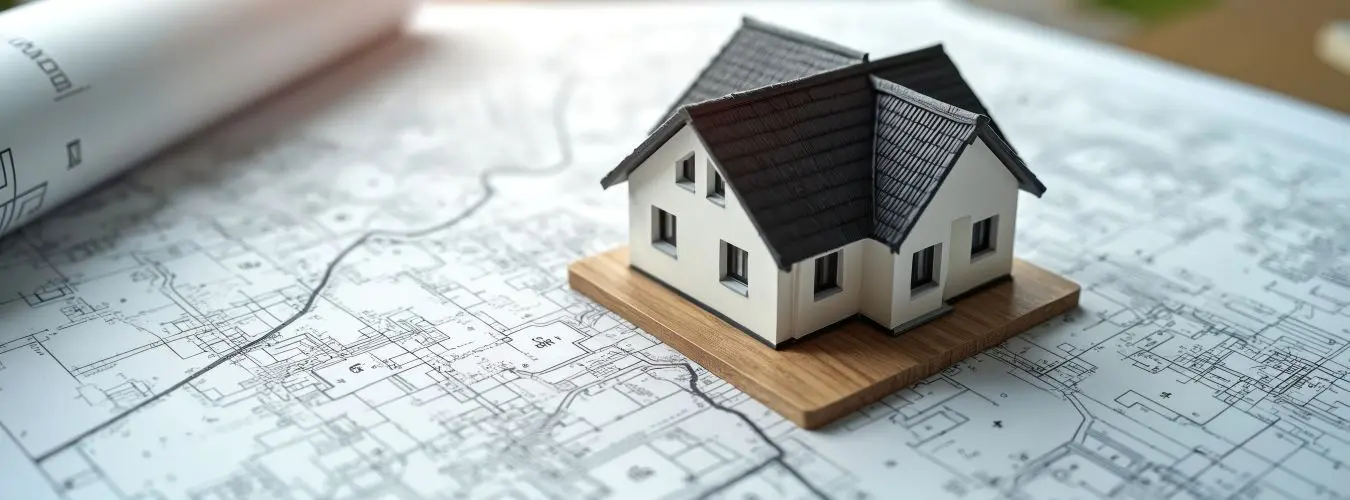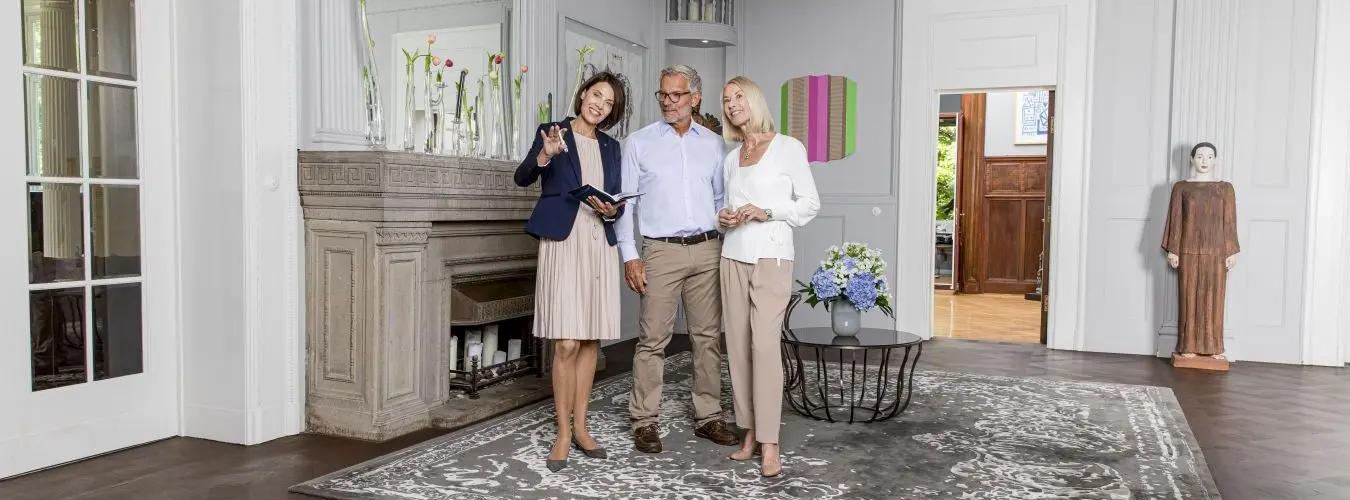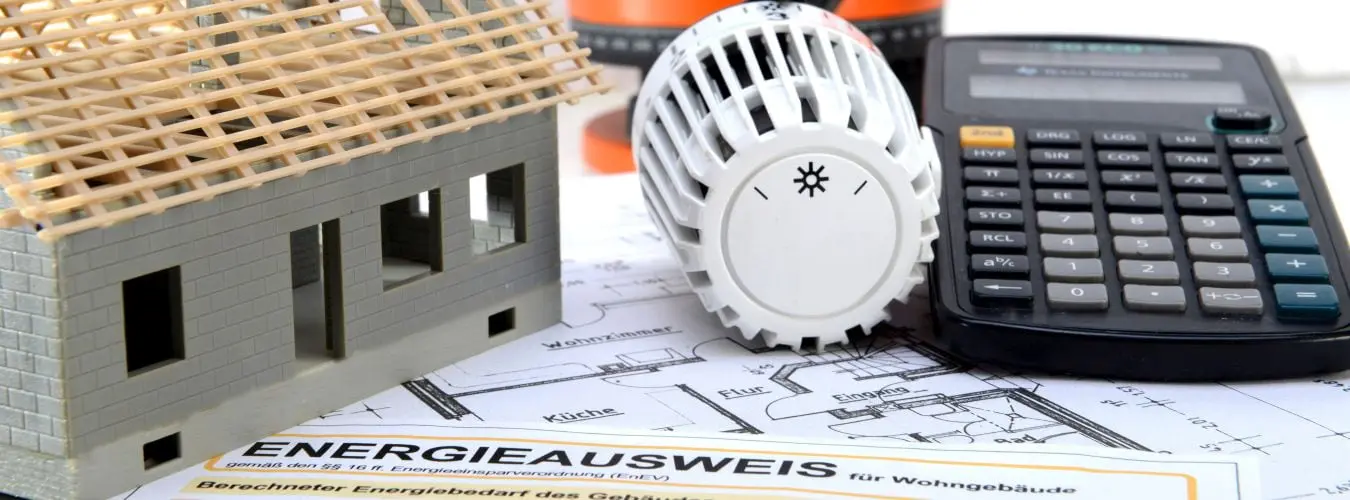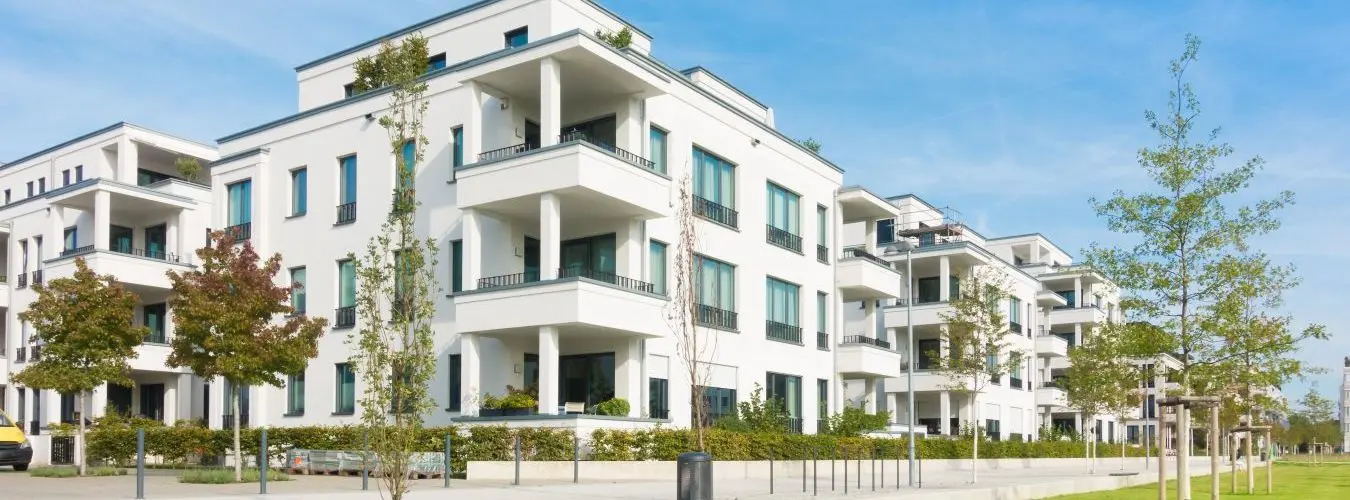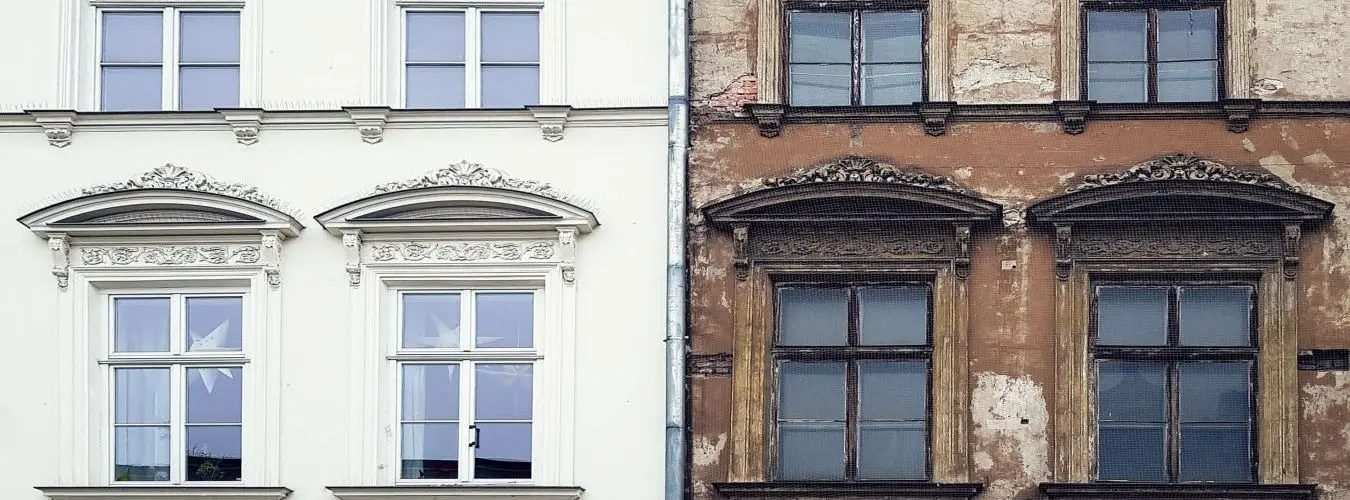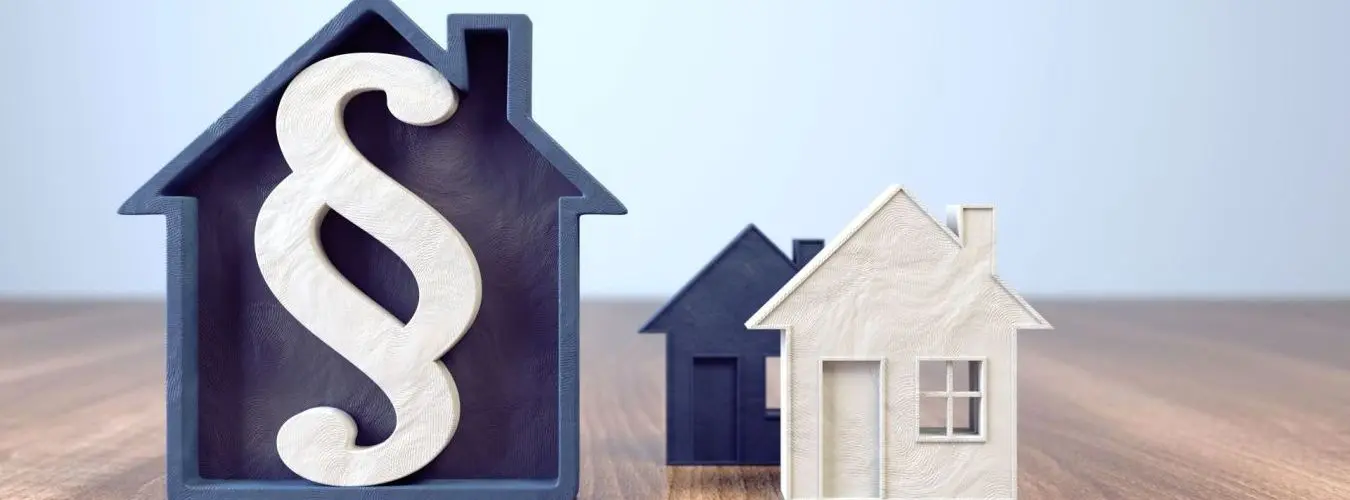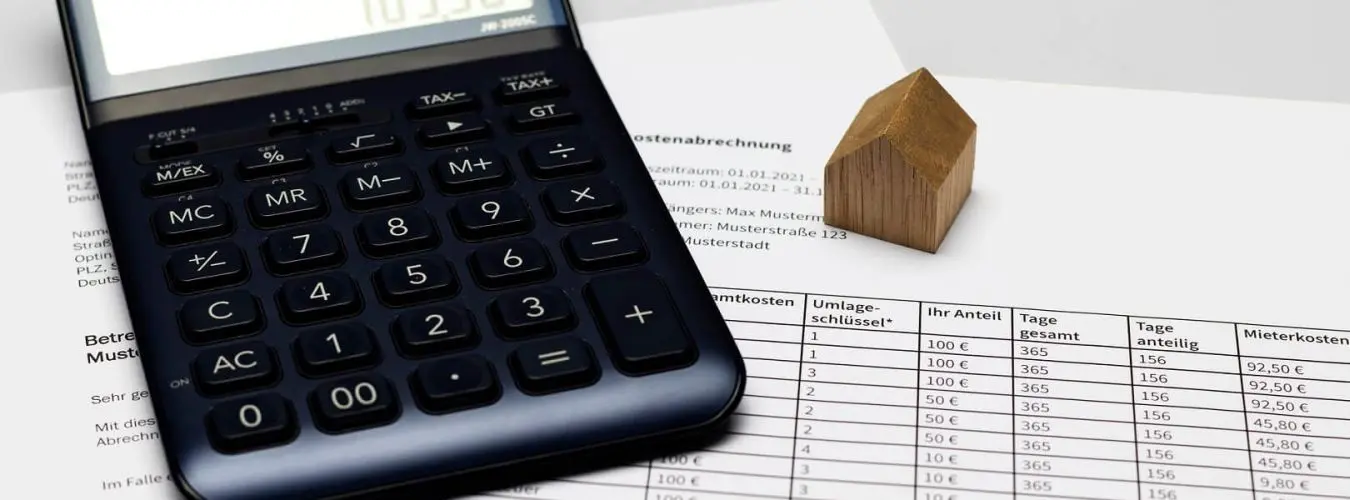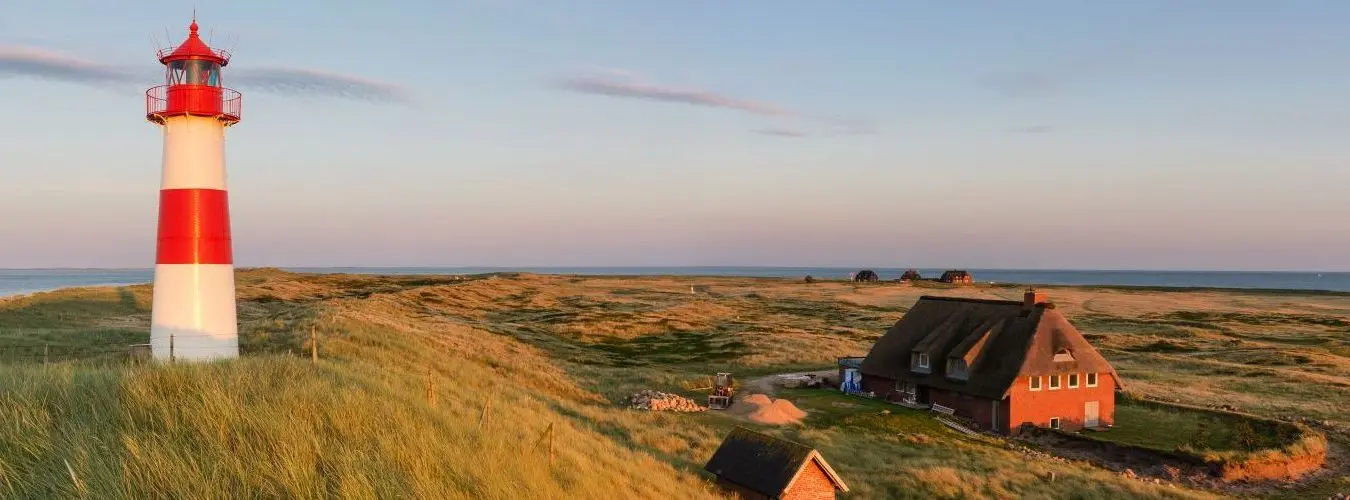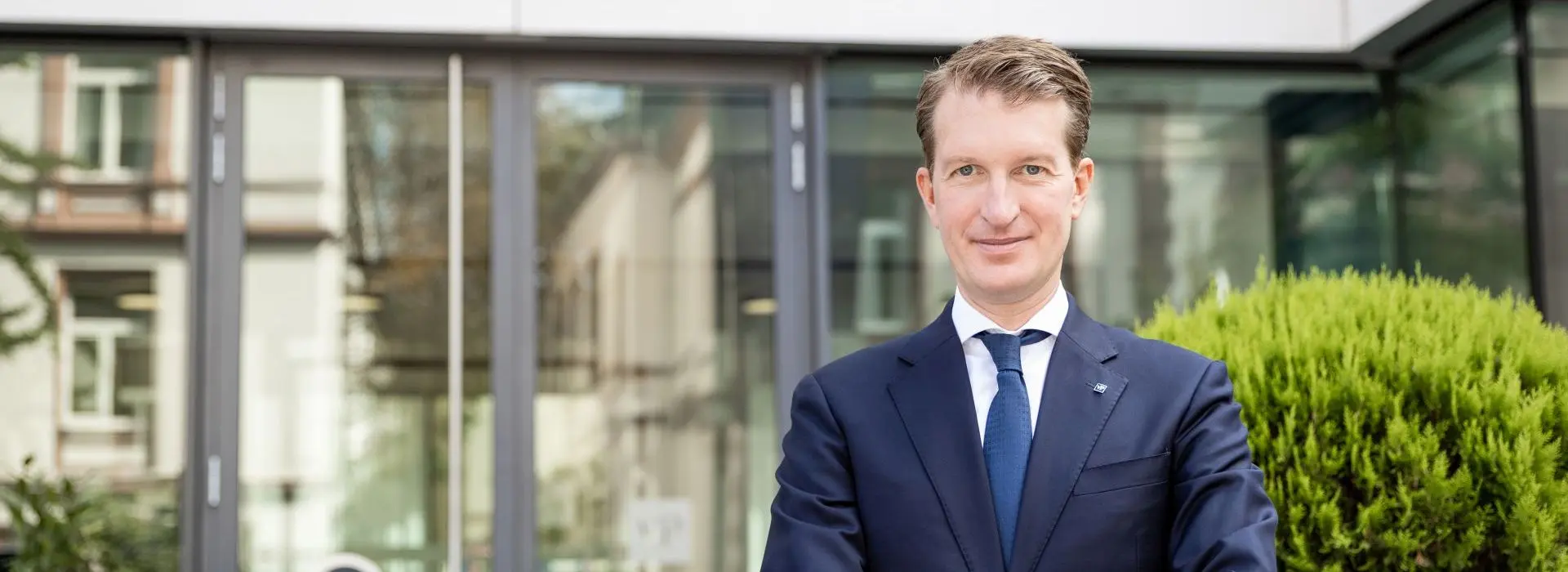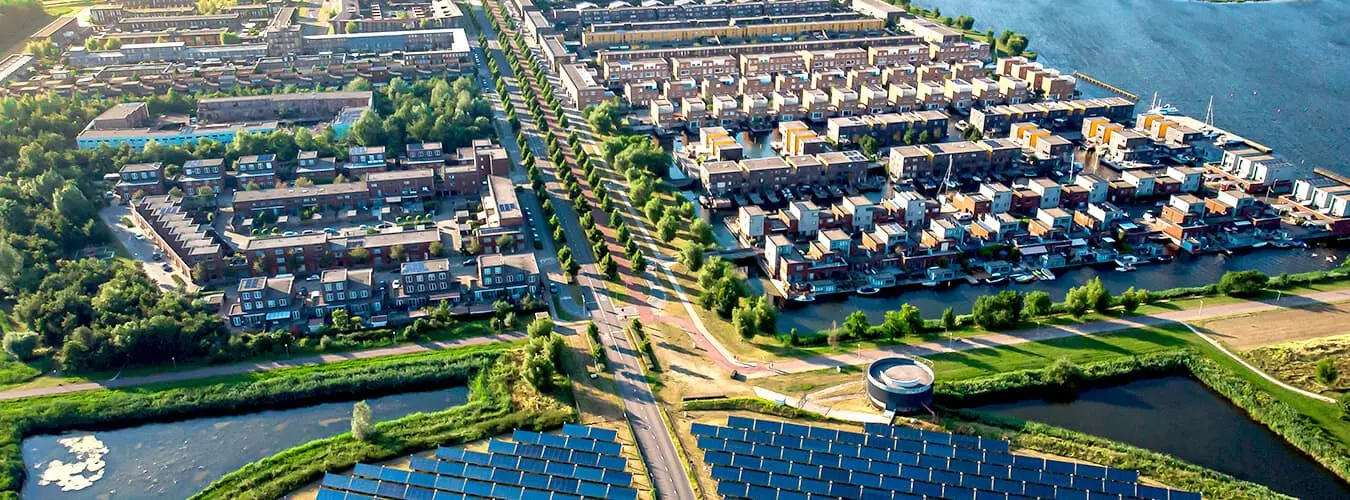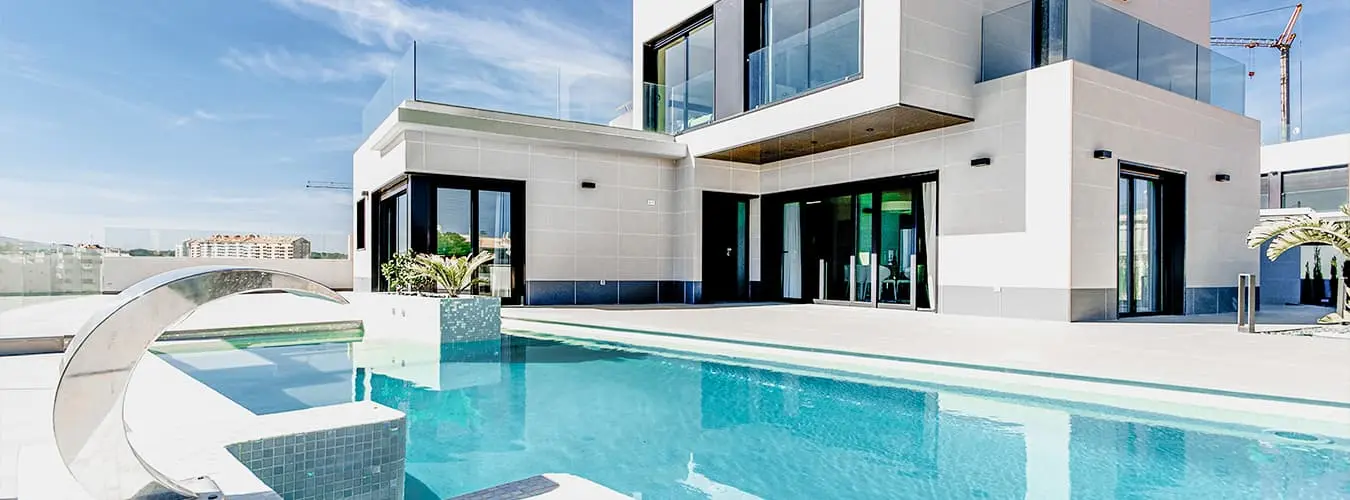Older properties have a special charm, but are often associated with high energy consumption and the associated costs. Especially against the backdrop of rising energy prices and increasing environmental requirements, it is worth investing specifically in energy-saving modernization. But which measures really make sense for existing properties and how can they be optimally financed and implemented?

Optimizing the building envelope - the first step towards greater energy efficiency
The building envelope is your home's "protective shield" against heat loss. Poor insulation means permanently high heating costs - do you know how much energy your property is losing?
Effective insulation measures
- Roof insulation: The roof is one of the biggest weak points. Professionally installed roof insulation noticeably reduces heat loss and usually pays for itself within a few years.
- Façade insulation: You can significantly reduce your home's energy requirements by insulating the exterior walls. Wood fiber or mineral wool insulation materials are often used here.
- Basement ceiling insulation: The basement floor is also an often underestimated thermal bridge. Insulating the basement ceiling improves the indoor climate on the upper floors and reduces heating costs.
Replacing windows and doors
Modern thermal insulation windows with triple glazing and well-sealed frames prevent unnecessary heat loss. Replacing old windows is particularly worthwhile in combination with roof insulation to prevent condensation damage.
Tip: A holistic view of the building envelope is essential, as individual measures without coordinated technical solutions can often lead to moisture problems.
Modernize the heating system - heat efficiently and save costs
Outdated boilers often work inefficiently and cause unnecessarily high energy costs. Modernizing the heating system therefore has a doubly positive effect.
Condensing technology and heat pumps
- Condensing boilers: They make additional use of the heat that escapes during combustion, thereby increasing efficiency.
- Heat pumps: These appliances use environmental heat and are ideally suited to well-insulated buildings. However, their operation is less efficient if they are not properly insulated.
Solar backup heating
Solar thermal systems can be used to provide hot water and backup heating, reduce the use of fossil fuels and cut operating costs in the long term.
Hydraulic balancing
Hydraulic balancing is an often neglected but important point. It ensures optimum distribution of the heating water and avoids heat loss, which has a significant impact on efficiency.
Ventilation systems with heat recovery - healthy indoor climate included
With improved tightness through insulation and new windows, the risk of moisture damage and mold increases if controlled ventilation is not installed.
Modern ventilation systems with heat recovery extract heat from the exhaust air and return it to the supply air. This improves the indoor climate and saves heating energy.
Funding options for energy-efficient refurbishments - plan your financing cleverly
Although energy-saving measures can increase investment costs, they are supported by a wide range of funding programs in Germany. The combination of grants and low-interest loans makes modernization financially attractive.
Nationwide subsidy programs: BAFA and KfW
- BAFA grants: Grants of between 15% and 50% of the costs are available for individual measures such as insulation, heating optimization and ventilation technology. Particularly lucrative is the promotion of an individual renovation roadmap (iSFP), which also opens up access to higher subsidies.
- KfW loans: Complete refurbishments to an efficiency house standard are supported by low-interest loans with repayment subsidies of up to 20%. Individual measures can also be supported with grants of 15-40%.
Note regional differences
Depending on the federal state, there are supplementary funding programs with additional grants or special loan offers. Bavaria, for example, leads the way with higher average subsidy amounts, while eastern German regions benefit in particular from lower investment costs and higher amortization rates.
Note: We recommend finding out about current regional funding opportunities at an early stage and including them in your planning, as the funding landscape is complex and constantly changing.
Risks of uncoordinated modernization - holistic planning is crucial
Refurbishment measures should not be carried out in isolation. Insulation without appropriate heating technology can promote moisture damage, and replacing windows without insulation often leads to mold growth.
Integrated planning, ideally with an individual renovation roadmap (iSFP), minimizes technical risks and increases the chance of receiving comprehensive funding.
We would like to point out that we cannot provide legal advice. For legal questions on statutory requirements and energy regulations (e.g. Building Energy Act GEG), we recommend professional advice from specialized lawyers or energy efficiency experts.
Property value and economic benefits through energy-efficient refurbishment
Energy-efficient refurbishment has a positive effect on property value. Studies show that buildings with high energy efficiency standards (e.g. Efficiency House A) can achieve significant increases in value in urban regions.
- Depending on the region and condition of the property, increases in value are in the region of 10-20%.
- Older buildings in particular can significantly increase their attractiveness through modernization.
- Long-term savings in operating costs also improve the profitability of the property.
How energy modernization works - the most important steps
1. take advantage of energy advice: An iSFP from a Dena-certified expert creates the objective basis for refurbishment planning. BAFA subsidizes this step with up to 50%.
2. check and use regional funding programs: Combinations of federal and state subsidies allow up to 60% cost subsidy.
3. prioritize measures: Typically, roof insulation is recommended first, followed by heating modernization and then façade insulation.
4. ensure technical coordination: Heating technology, insulation and ventilation systems should be coordinated to prevent structural damage and moisture problems.
5. documentation relevant to funding: invoices, test reports and the iSFP are essential for the application and subsequent verification.
Conclusion: Invest sustainably and increase the value of your property
Energy-efficient modernization of older properties not only contributes to climate protection, but also improves living comfort and permanently reduces your energy and operating costs. The involvement of professional energy consultants helps to avoid technical risks and make the best use of subsidies.
If you are planning to buy or sell a property, the independent real estate professionals at [Von Poll Immobilien GmbH](https://home.von-poll.com/de-de/) will be happy to advise you. For customized construction financing, we also recommend the experts at [von Poll Finance](https://home.von-poll.com/de-de/baufinanzierung).
Get started on an efficient future now - request your personal consultation on buying, selling or financing!

